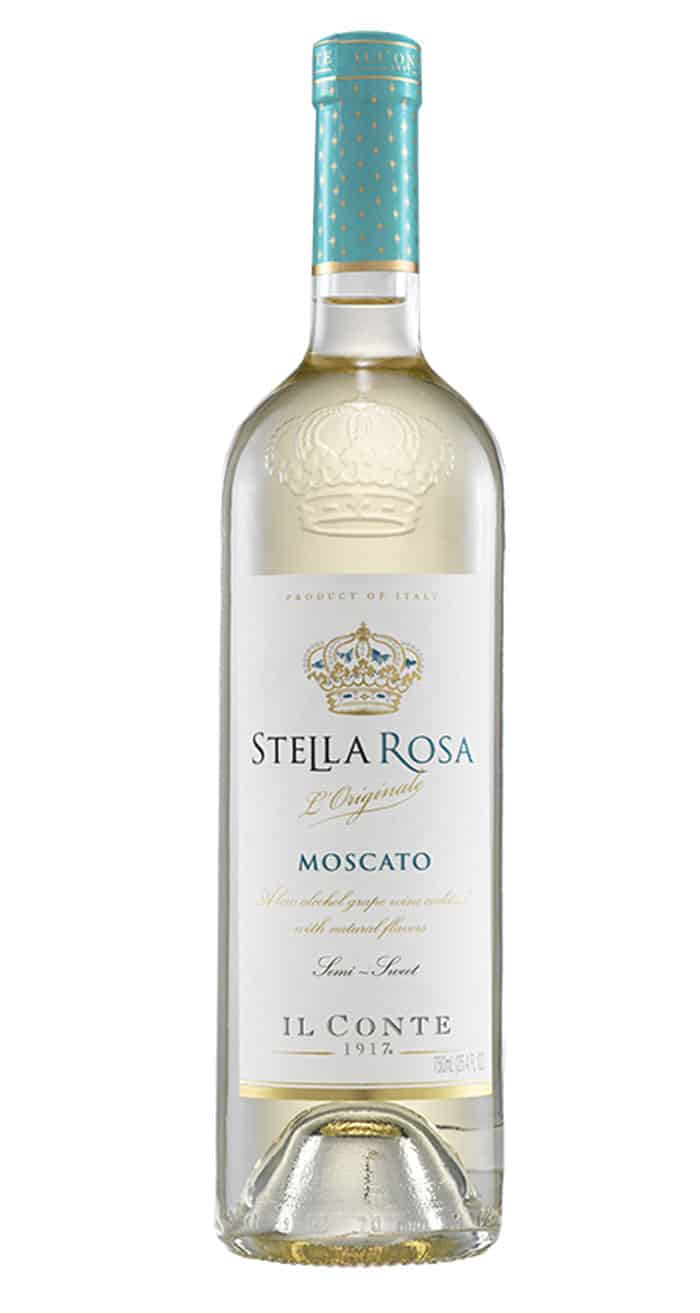

This is a sweet but not cloying wine that lends itself to countless desserts. A related wine, Asti, is produced in the same area from the same grape. The wine is sweet and low in alcohol, and is considered a dessert wine. In fact, legend has it that it was created by farmers who needed a suitable drink for the working day when water was scarce. Moscato dAsti is a DOCG sparkling white wine made from the Moscato bianco grape and produced mainly in the province of Asti, northwest Italy, and in smaller nearby regions in the provinces of Alessandria and Cuneo. It is the wine of the feast, the wine of the people: this is due to its peasant origins. Cultivation in lower Piedmont was due to Giovanni Battista Croce, from Milan, who moved to Piedmont at the end of the 15th century, jeweller to the Duke of Savoy Charles Emmanuel I, and who gave rise to the sweet, aromatic and low-alcohol wines among which Moscato d'Asti is the most famous. The Asti DOC was established in 1967 and was promoted to. The diffusion of these grapes is due to the particular sweet taste obtained by drying them. Moscato dAsti is a sweet, lightly sparkling, low-alcohol wine from Piedmont, northwestern Italy. It is a very ancient grape variety, the first evidence of which dates back to the 14th century, originating from the eastern Mediterranean basin. It is characterised by a slight fizz (it has fewer bubbles than the Spumante version) and an intense straw yellow colour. Its aroma is intense but delicate, with scents of yellow fruit, wisteria, lime, and sage. flagship wines of Asti, Asti Spumante and Moscato dAsti, are obtained from the Moscato Bianco vineyard with two different processing methods. The word Moscato derives from the Latin 'muscum' and means musk, indicating its particular fragrance. Most of the places where Moscato d'Asti DOCG can be produced are, of course, in the province of Asti, with some exceptions in the neighbouring provinces of Cuneo and Alessandria: as of today, there are only 52 municipalities that proudly continue the production of this juicy wine. In fact, it is an area with white soils, which are permeated by infiltrations of clay or sand. It is produced in the south-eastern part of Piedmont, an area characterised by soft hills that are very suitable for vineyards. Pale sunshine yellow color and slight frizzante, this Moscato d’Asti has intense aromas of peaches, rose petals, and ginger.

It is a wine that obtained the denomination of controlled and guaranteed origin (DOCG) in 1993, after having been DOC since 1967. The sweet white wine par excellence in Piedmont is Moscato d'Asti.


 0 kommentar(er)
0 kommentar(er)
